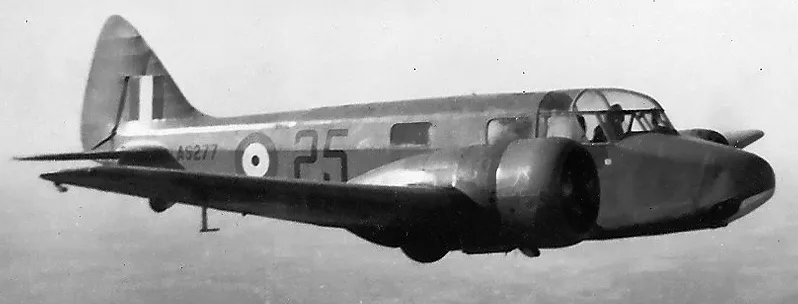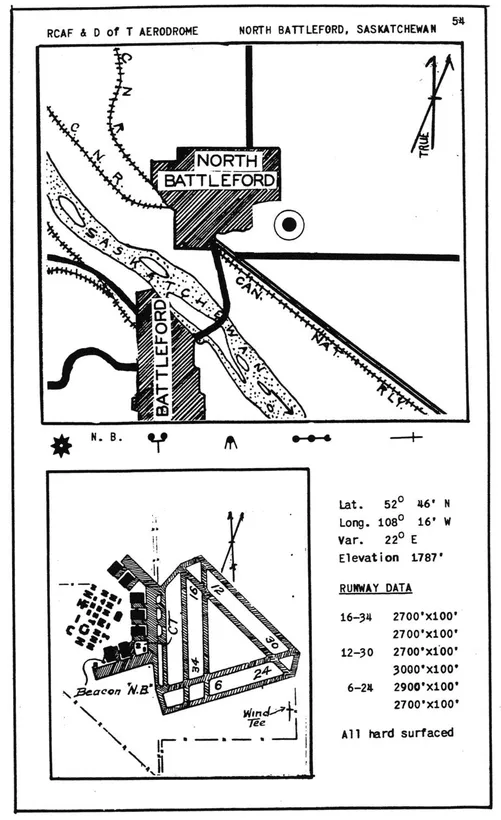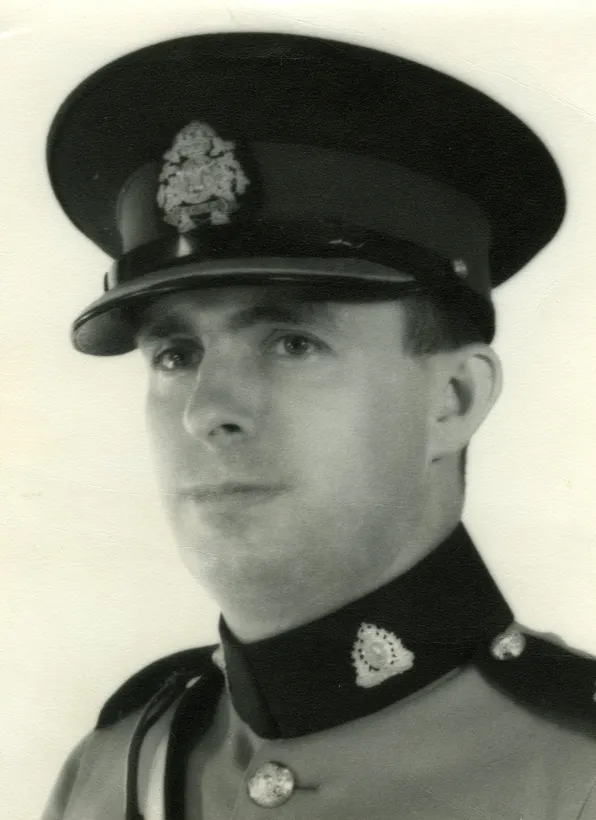Ford-Smith, Basil James (Corporal)
Killed in Flying Accident 1943-October-19


Birth Date: 1922
Born:
Parents: Son of Edgar Ford-Smith and of Nora Ford-Smith, of Maida Hill, London, England.
Spouse:
Home:
Enlistment:
Enlistment Date: unkown date
Service
RAFVR
Unit
35 SFTS- Service Flying Training School (RAF)
Base
North Battleford, Saskatchewan, Canada
Rank
Corporal
Position
Service Numbers
1334634
Crew or Other Personnel
Oxford EB659
Accident Card - Airspeed Oxford Mk. V serial:EB659
This accident involved 1 aircraft on 1943-October-19. Oxford V s/n EB659.
This accident involved 3 people. Ford-smith BJ, Green AA, Power M
This accident had 3 fatalities. Corporal Basil James Ford-Smith RAFVR Killed in Flying Accident service no:1334634 Oxford EB659, Surgeon Maurice Powers RCMP Killed in Flying Accident service no:O.298 Oxford EB659, Flying Officer Anthony Archer Green RAFVR Killed in Flying Accident service no:151128 Oxford EB659
Oxford serial: EB659

Airspeed A.S. 10 Oxford Mk. II, RCAF (Serial No. AS277), 25, in flight over Saskatchewan, 1942.
The Airspeed AS.10 Oxford was a twin-engine monoplane aircraft developed and manufactured by Airspeed. It saw widespread use for training British Commonwealth aircrews in navigation, radio-operating, bombing and gunnery roles throughout the Second World War.
The Oxford was developed by Airspeed during the 1930s in response to a requirement for a capable trainer aircraft that conformed with Specification T.23/36, which had been issued by the British Air Ministry. Its basic design is derived from the company's earlier AS.6 Envoy, a commercial passenger aircraft. Performing its maiden flight on 19 June 1937, it was quickly put into production as part of a rapid expansion of the Royal Air Force (RAF) in anticipation of a large-scale conflict.
As a consequence of the outbreak of war, many thousands of Oxfords were ordered by Britain and its allies, including Australia, Canada, France, New Zealand, Poland, and the United States. Following the end of the conflict, the Oxford continued to achieve export sales for some time, equipping the newly formed air forces of Egypt, India, Israel, and Yugoslavia. It was considered to be a capable trainer aircraft throughout the conflict, as well as being used a general-purpose type. A large number of Oxfords have been preserved on static display. Wikipedia
Aircraft Images
Oxford EB659
Oxford Mk. V EB659
With No. 35 Service Flying Training School when it crashed 4.5 miles north of the Red Pheasant Reserve, Saskatchewan on 19 October 1943. 3 fatalties: pilot Pilot Officer A.A. Green, RAF, Superintendent Maurice Powers of the RCMP, and Cpl. B.J. Ford-Smith, RAF. The plane was enroute from North Battleford to Saskatoon late in the day, in bad weather. The wreckage was not located until the next day, and some sources list the crash date as 20 October 1943. The aircraft struck power lines, and appeared to be attempting to return to North Battleford.1943-04-07 Taken on Strength 2022-02-07
1943-October-19 Accident: 35 Service Flying Training School Loc: Red Pheasant Names: Ford-smith | Green | Power
1944-03-15 Struck off Strength 2022-02-07
Unit Desciption
35 SFTS (35 Service Flying Training School)
Graduates of the EFTS "learn-to-fly" program went on a Service Flying Training School (SFTS) for 16 weeks. For the first 8 weeks the trainee was part of an intermediate training squadron; for the next 6 weeks an advanced training squadron and for the final 2 weeks training was conducted at a Bombing & Gunnery School. The Service schools were military establishments run by the RCAF or the RAF.
There were two different types of Service Flying Training Schools. Trainees in the fighter pilot stream went to an SFTS like No. 14 Aylmer, where they trained in the North American Harvard or North American Yale. Trainees in the bomber, coastal or transport pilot stream went to an SFTS like No. 5 Brantford where they learned multi-engine technique in an Airspeed Oxford, Avro Anson or Cessna Crane.

For More Information on RCAF Station North Battleford see here
RCAF.Info - RCAF Station North Battleford SK
RCAF.Info - Relief Landing Field Hamlin SK
RCAF.Info - Relief Landing Field Brada SK
![]() Elinor Florence - Brada Relief Field - Air Force Ghosts
Elinor Florence - Brada Relief Field - Air Force Ghosts
![]() Saskatchewan Virtual War Memorial - Base History
Saskatchewan Virtual War Memorial - Base History
![]() Vintage Wings - Ghosts Of Saskatchewan
Vintage Wings - Ghosts Of Saskatchewan

